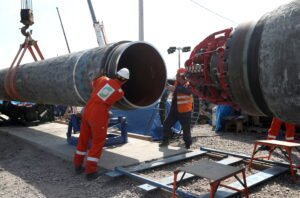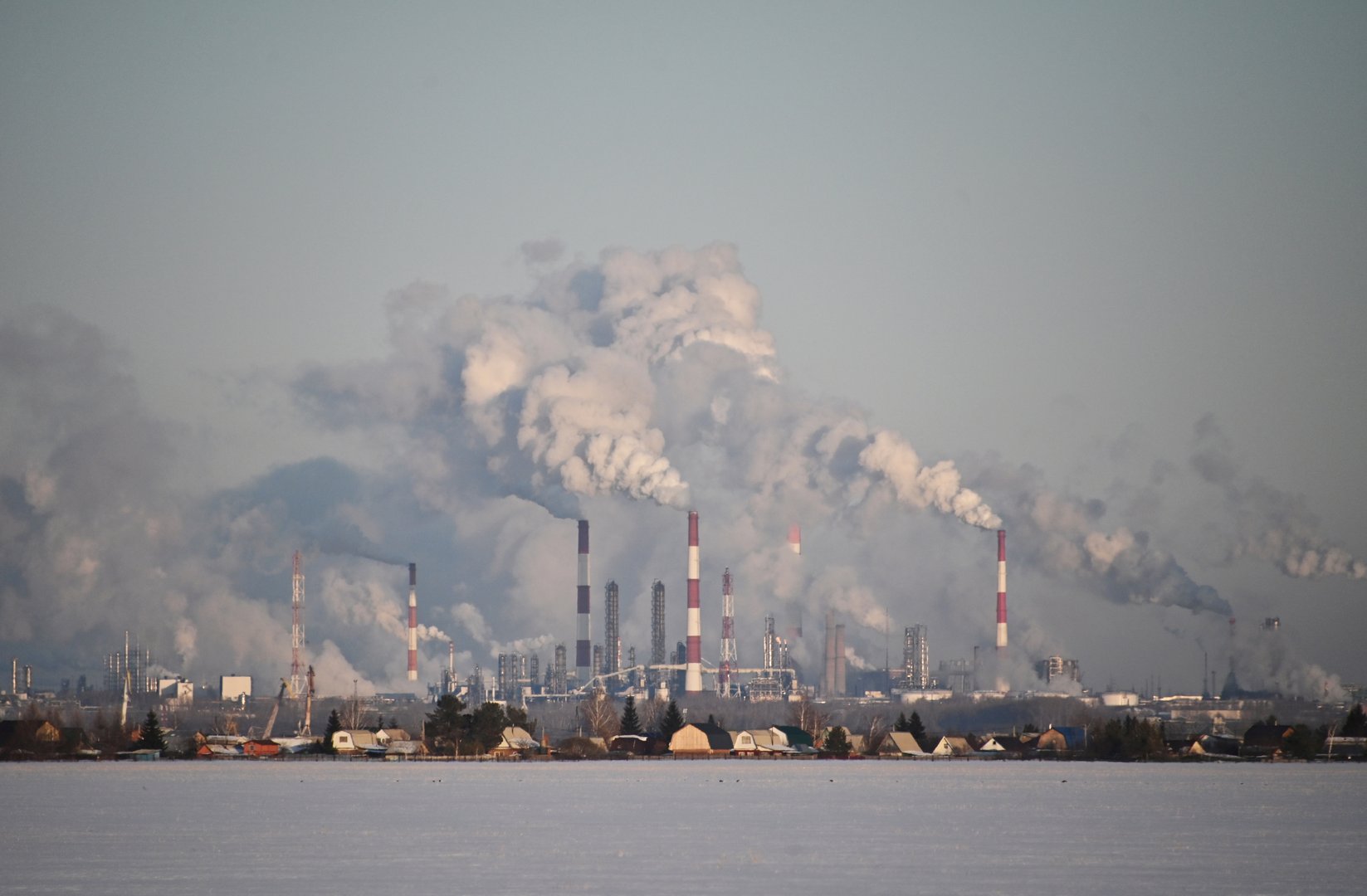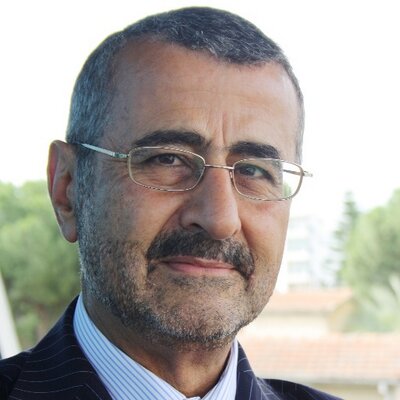Capital markets and the insurance sector are becoming increasingly reluctant to fund and insure fossil fuels
The oil and gas sector is undergoing permanent change brought about by a number of key events mostly related to climate change. The sector was slow to respond to the 2016 Paris Agreement, but Europe’s decisive move towards deep decarbonisation, intensified pressure from shareholders and activists, and more recently court action, are forcing permanent change on the international oil companies (IOCs) on which the East Med is staking its future natural gas development.
Devastating floods and wildfires this year have added to public perception that higher temperatures brought about by increasing carbon emissions, driven by energy dependence on fossil fuels, are contributing to the increased frequency and severity of extreme climatic events.
This was the gist of the UN Intergovernmental Panel on Climate Change (IPCC) in its landmark report on Climate Change 2021 published on August 9. IPCC’s stark message is that climate change is not a problem of the future. It is here and now and is affecting every region in the world. It states that limiting global warming to 1.5C requires an immediate, rapid and sustained shift to clean energy, away from fossil fuels. The IPCC report has increased pressure on the future of exploration, production and use of oil and gas. The International Energy Agency (IEA) has gone further, recommending that new exploration for oil and gas should cease by the middle of this decade.
Increasingly energy transition will be driven by stronger climate change policies and technological developments, with electrification impacting oil and gas demand. The pace for change is accelerating.
IOCs can no longer ignore energy transition. It has now become a matter of timing and pace. European IOCs, such as BP, Shell, Total and Eni, have taken the lead with concrete plans to accelerate transition away from oil and gas to cleaner forms of energy. Even US IOCs, Chevron and ExxonMobil, are shifting future production to low cost and lower carbon intensity areas. The East Med does not fit into this and it is no longer on the high priority list of these companies.
With the US joining Europe and all other major economies in committing to major cuts in emissions by 2030 and net-zero by 2050 the increase of pressure on all IOCs to reduce emissions not only from their operations but also from the products they sell will be relentless and unstoppable. Adaptation is a matter of time.
Pressure is also coming from capital markets and the insurance sector that are becoming increasingly reluctant to fund and insure fossil fuels. IOCs no longer have access to unlimited capital to fund major projects at the scale they were used to 5-10 years ago. Oil company capital spending this year is at least 60 per cent less than it was in 2014.
With future oil and gas demand highly uncertain, the hunt is for advantaged resources with the lowest costs, lowest carbon emissions, best economics and faster pay-backs. These stand the greatest chance of being commercialised. The IOCs are now pursuing “value over volume.” The East Med does not feature in this.
What is the future
This is not to say that demand for oil and gas will disappear overnight. Oil and gas will be needed for some time to come, but these developments – combined with mounting pressure to increase the speed of energy transition – mean that it is becoming time-limited.

FILE PHOTO: FILE PHOTO: Workers are seen at the construction site of the Nord Stream 2 gas pipeline, near the town of Kingisepp, Leningrad region, Russia, June 5, 2019. REUTERS/Anton Vaganov/File Photo/File Photo
Given the state of current reserves, exploration and production will continue for a while yet, but at an increasingly diminishing scale and it is likely to be driven by national oil companies (NOCs), such as Aramco and Rosneft for oil and QP and Gazprom for gas, that have access to lower cost resources.
The IEA states that in a net-zero scenario there will not be any need to invest in developing new gas supplies.
But given the intermittency of renewables, and until energy storage becomes available at scale and more affordable, gas – either in its natural form or converted into blue hydrogen – may have a longer-term future than oil, displacing coal in power generation – provided that it addresses methane and carbon emissions. But with diminishing demand, it is lower cost resources from the US, Russia and the Middle East that will predominate.
The conclusion from the above is that investing in new long-term projects, including in the East Med, that may require more than 20 years to produce returns is becoming riskier.
Investment in oil and gas
With the COP26 global climate summit coming in November pressure to accelerate action towards the goals of the Paris Agreement and the UN Framework Convention on Climate Change is increasing. The outcome of COP26 is likely to be stronger commitment and an increase in the pace of energy transition. If as result of this the world adopts stronger measures to limit global warming to 2C or less future demand for oil and gas will diminish faster than current trends suggest.
This introduces uncertainty in future demand, making the investment environment more challenging. There would be much less need to invest in new oil and gas supplies, and the emphasis would be more on how to manage decline. Capital spending is already low and it will probably become more short-term. IOCs will be reluctant to invest in capital-intensive and long-life projects in the face of uncertain future demand and prices.
In addition, access to capital is becoming more difficult and financing costs are increasing, with oil and gas projects now having to compete with fast-rising investments in renewables and other clean energy projects.
The threat of climate change is an existential challenge ushering-in new business models such as ‘environmental, social and governance’ (ESG) aligned with the goals of the Paris Agreement. Energy and natural resources are coming under particular scrutiny as the world strives to tackle climate change, and this is translating into pressure from investors and shareholders, with increasingly stringent policies and regulations, posing big challenges for the oil and gas sector.
This is not to say that demand for oil and gas will not continue but to emphasize the uncertainties and risks faced by the sector when planning new investments such as is the East Med.
This is the new environment in which resumption of hydrocarbon exploration in the East Med is about to commence. It requires new thinking.
Dr Charles Ellinas, @CharlesEllinas, is Senior Fellow, Global Energy Center, Atlantic Council







Click here to change your cookie preferences